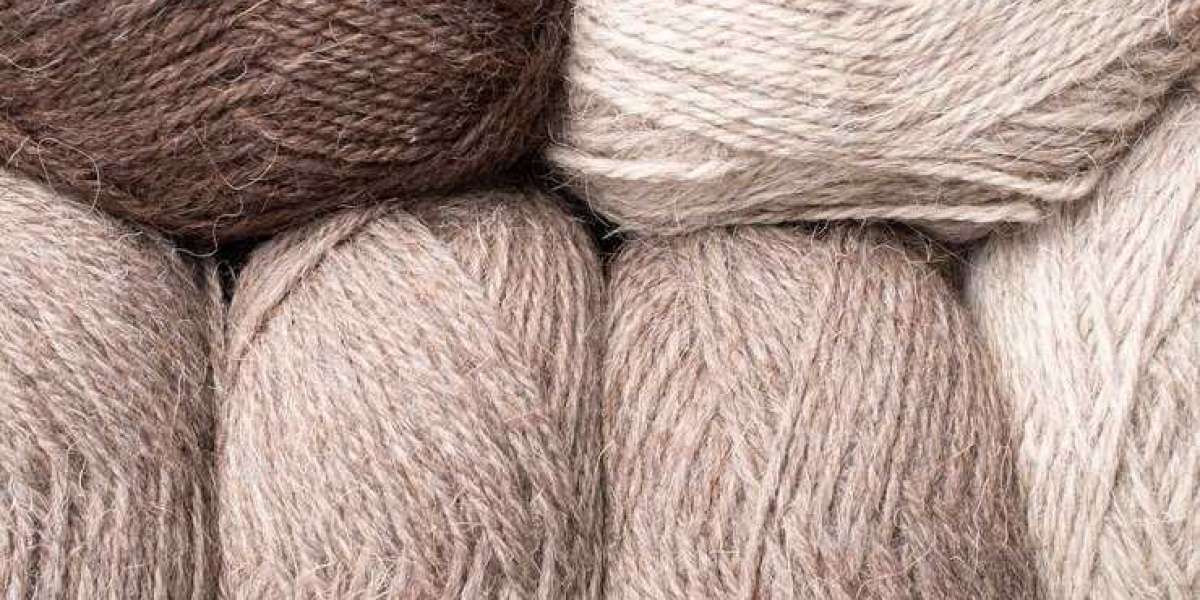Maltodextrin is a common ingredient in packaged foods such as pastries, candies and soft drinks. When it exists, it usually appears on food labels. Athletes can also use maltodextrin as a carbohydrate supplement.
Many people believe that maltodextrin is harmful to health. But how much truth are there in these claims?
Read on to learn about the benefits and dangers of maltodextrin, and which foods contain it.
Maltodextrin is a white powder that is relatively odorless and easily soluble in water. It is an additive in a variety of foods as it improves the texture, flavor and shelf life of foods.
Maltodextrin can be made from any starchy food, including corn, potatoes, wheat, tapioca, or rice. Although the powder comes from these natural products, it is processed.
To make maltodextrin, manufacturers pass starch through a process called hydrolysis. Hydrolysis uses water, enzymes and acids to break down starch into smaller pieces, resulting in a white powder made of sugar molecules.
People with celiac disease should be aware that maltodextrin may contain traces of gluten, and wheat is a source of starch. However, according to the Beyond Celiac charity, maltodextrin is gluten-free as long as the ingredient list doesn't contain the word wheat.


